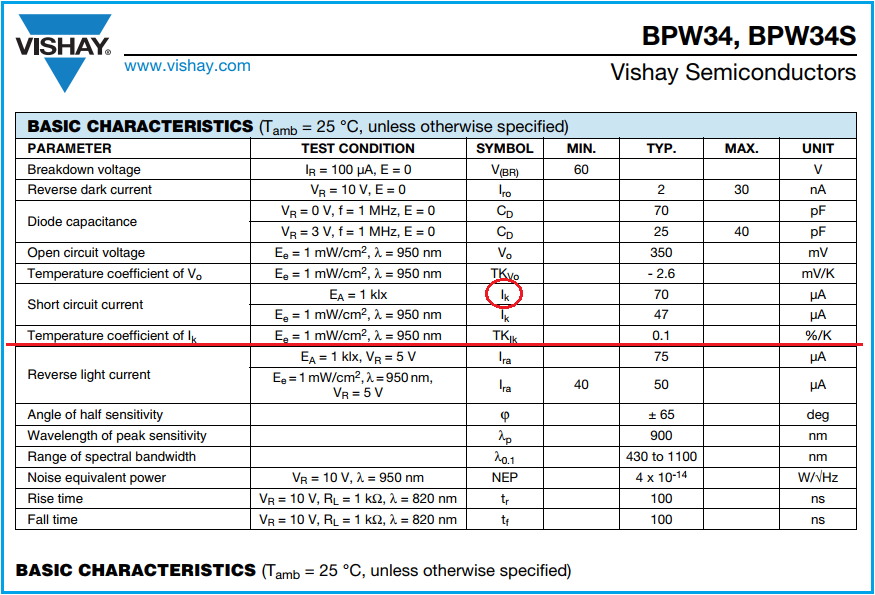Other Parts Discussed in Thread: OPA2340
Dear Ti Analog Team.
I'm designing a lux meter for streets lamps mesurement application.
I have Vishay photodiode BPW34 (http://www.vishay.com/docs/81521/bpw34.pdf) and TLV2452 as mounted at attached circuit. I'm concerned about temperature diode behavior, I did some calculation and got 1% variation at outpu to 10C temperature variation, sensor will be expost at free enviromet that temperature will be around + 6 °C a 42 °C. Could you please sugest a circuit to compensate photodiode temperature variation?
Thanks
Nuncio




